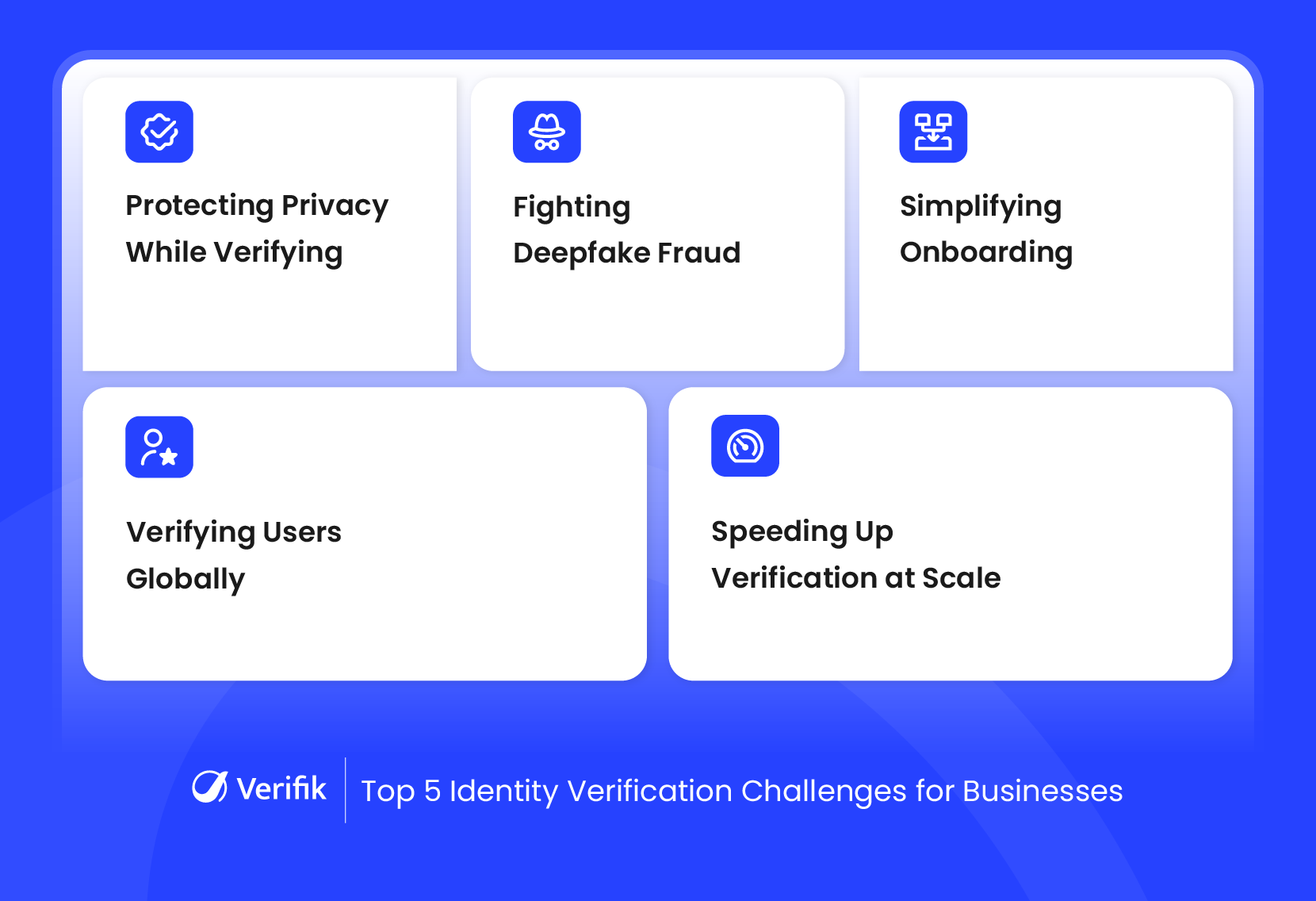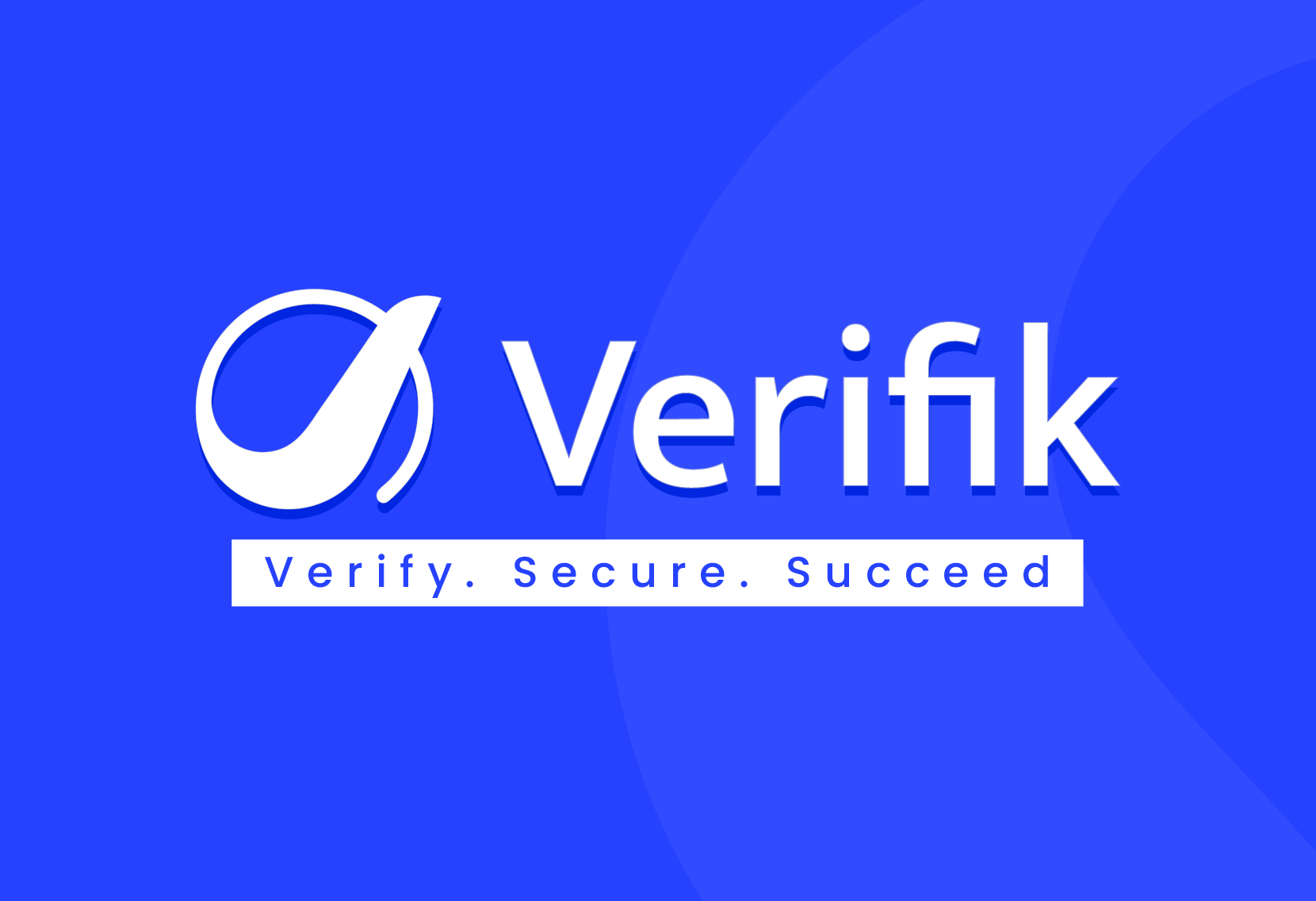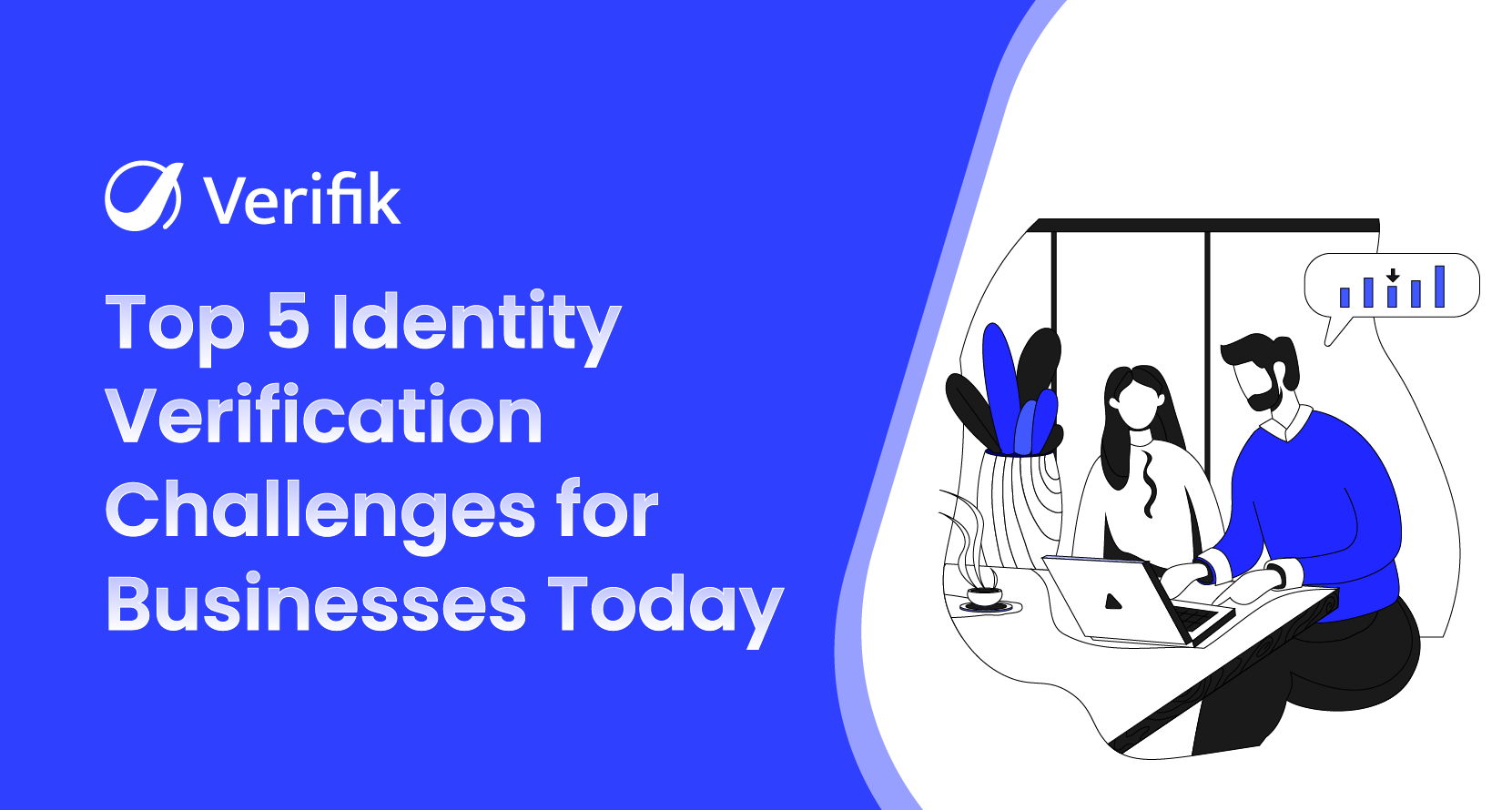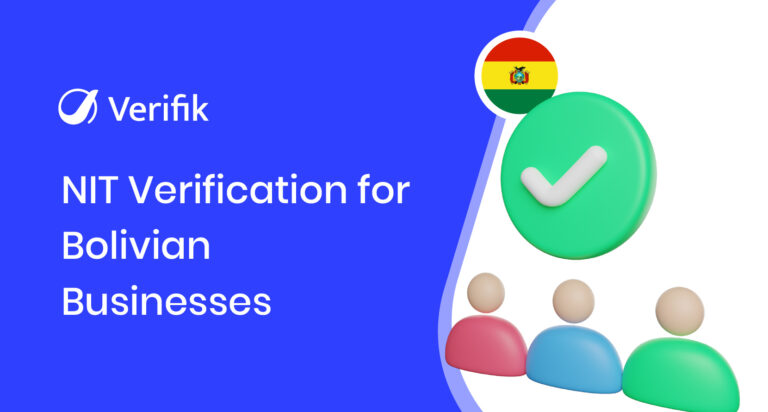The way businesses verify identity today can make or break customer trust. But behind every verification process is a tangle of risks, such as data privacy concerns, evolving fraud tactics, and regulations that shift from one region to the next.
What used to be a simple ID check is now a multi-layered process that demands precision, speed, and accountability. And for businesses operating at scale, the stakes are even higher.
Here’s a look at the five biggest identity verification challenges companies are struggling with in 2025 and what it takes to solve them without compromising security, compliance, or user experience.
1. Balancing User Privacy with Verification Accuracy
In an age where every app wants a face scan or ID upload, users are rightfully cautious. Identity verification often requires collecting sensitive data, such as photos, biometrics or government IDs. But businesses have to walk a fine line between verifying customers and respecting their privacy.
Regulations like GDPR, CCPA, and other regional laws are clear: collect only the data that’s necessary and protect it properly. But the technical and legal burden often falls on businesses that aren’t prepared to handle that responsibility. On top of that, users increasingly want to know: What are you doing with my data? Where is it stored? Can it be misused?
How to Solve It:
Adopt privacy-first technologies that keep sensitive data safe by design. This includes on-device storage, where personal information never leaves the user’s device, strong encryption to protect data in transit, and secure storage on blockchain to prevent tampering.
For instance, identity verification methods like Zero Knowledge Proof (ZKP) allows you to confirm someone’s identity without actually accessing or storing their private data. Building on this, ZK Face Proof combines ZKP with facial recognition to enable smooth, secure, and instant verification, all without exposing private information. It’s one of the most secure and privacy-friendly technologies out there, making the process simpler for users and safer for everyone involved.
2. Deepfake-Driven Synthetic Identities Are Harder to Spot
Fraudsters are now using deepfake technology to create hyper-realistic synthetic identities that can easily bypass basic verification systems. These aren’t just stolen identities, they’re digitally engineered personas built by blending real and fake data, then enhanced with deepfaked images, videos, or voice recordings to appear authentic.
What makes them dangerous is their ability to mimic real human behavior and present convincing documentation. Deepfakes allow these fake accounts to pass as legitimate users during onboarding, often remaining undetected for weeks or even months.
By the time the fraud is discovered, businesses may already face serious financial losses and reputational harm. As deepfake tools become more accessible, this form of identity fraud is quickly becoming one of the most sophisticated threats in digital verification.
How to Solve It:
Don’t rely on just one method of verification. Use solutions that combine facial recognition with liveness detection and thorough document checks to help block synthetic and deepfake attempts. The more ways you verify, the better your chances of catching fraud early and keeping your systems secure.
3. Complex Onboarding Processes Push Users Away
No matter how strong your security measures are, if onboarding feels slow or confusing, customers won’t complete it. Long forms, slow-loading pages, or unclear instructions add frustration, especially on mobile, where users expect quick and easy experiences.
In industries like fintech, gaming, and e-commerce, where customers expect instant access and smooth experiences, a cumbersome onboarding flow can be a major barrier. Even the most interested users may abandon the process if it feels like a hassle. This means lost revenue,
How to Solve It:
Keep the verification process simple and flexible. Give users options that suit them best, whether it’s a quick selfie, scanning an ID, or receiving a code via text. Cut unnecessary steps and design with mobile users front and center. The smoother the onboarding experience, the more users will complete sign-ups and stick around.

4. Verifying Users Across Borders
As businesses expand globally, verifying the identity of users from different countries becomes more complex. Document types, formats, languages, and regulatory requirements vary widely, making it harder to maintain a consistent and reliable verification process.
What works in one region might not be valid in another — and failing to adapt means either increased friction or exposure to risk.
How to Solve It:
Use flexible verification systems that support a broad range of ID formats, languages, and compliance requirements. Automating document recognition and combining it with facial verification ensures global scalability without adding friction for users. The more adaptable your system, the easier it becomes to onboard users from anywhere, securely and smoothly.
5. Keep Verification Fast as Your Business Grows
Manual reviews might work fine when your user base is small, but as you grow into the thousands or millions of users, they quickly become a bottleneck. Customers expect instant verification and won’t wait around for hours or days. Slow onboarding can lead to lost business and frustrated users.
But speeding things up can’t mean lowering your guard. Fraud risks don’t disappear just because you want a faster process. You need a way to balance speed with security.
How to Solve It:
Look for solutions that make logging in and verifying identity smooth and effortless. Combining facial recognition with one-time passcodes, for example, can create a fast and seamless experience for users accessing your platform. This approach not only speeds things up but also keeps access secure, making sure only the right people get in without frustrating delays.
Final Thoughts
The process of identity verification isn’t as straightforward as it used to be. With growing concerns around privacy, tighter global regulations, and smarter fraud tactics, businesses are under pressure to get it right without making the process harder for users.
But with the right technology and a privacy-first approach, it’s possible to maintain a balance between security, speed, and user experience. The key is to stay adaptable: use smart verification methods that scale, reduce friction, and prioritize user trust at every step. The tools you use today will shape how confidently your customers engage with you tomorrow.
Overcome Identity Verification Challenges with Verifik
Identity verification shouldn’t be a hurdle for your customers or your team. Verifik offers smart and flexible verification tools that make it easy for businesses to confirm user identities with speed and accuracy. Our solutions combine privacy-first technology with powerful fraud detection, giving you peace of mind while delivering a smooth user experience.
Reach out now to discover how Verifik can support your business growth, help you stay compliant, and protect your brand reputation.
Contact Verifik today and experience the future of identity verification!













